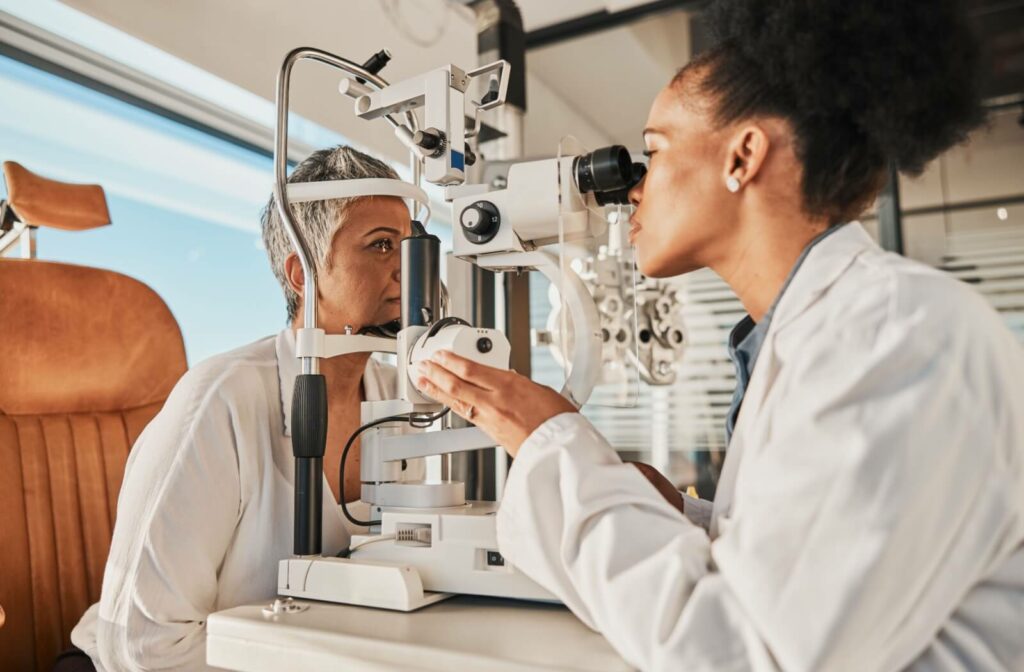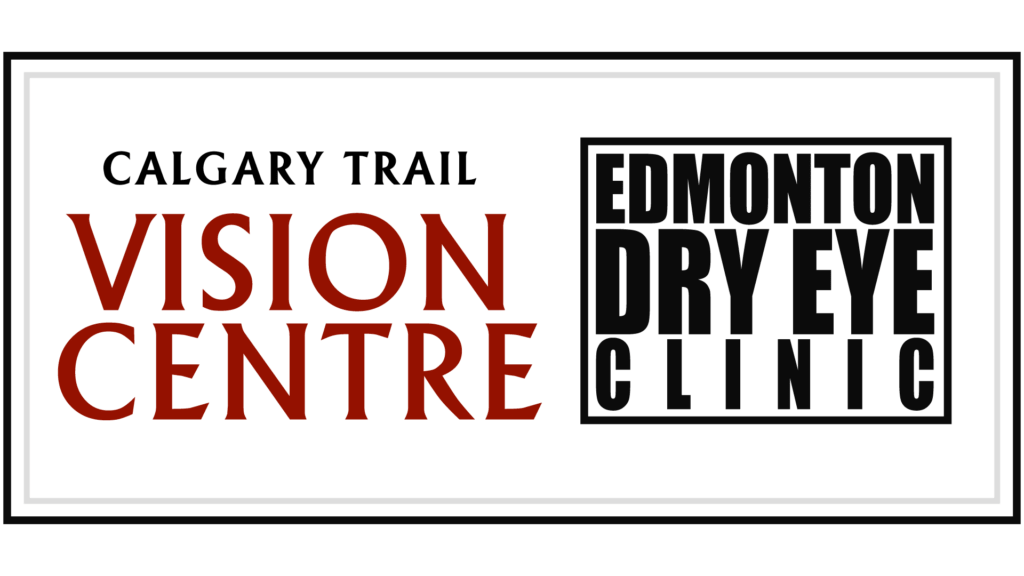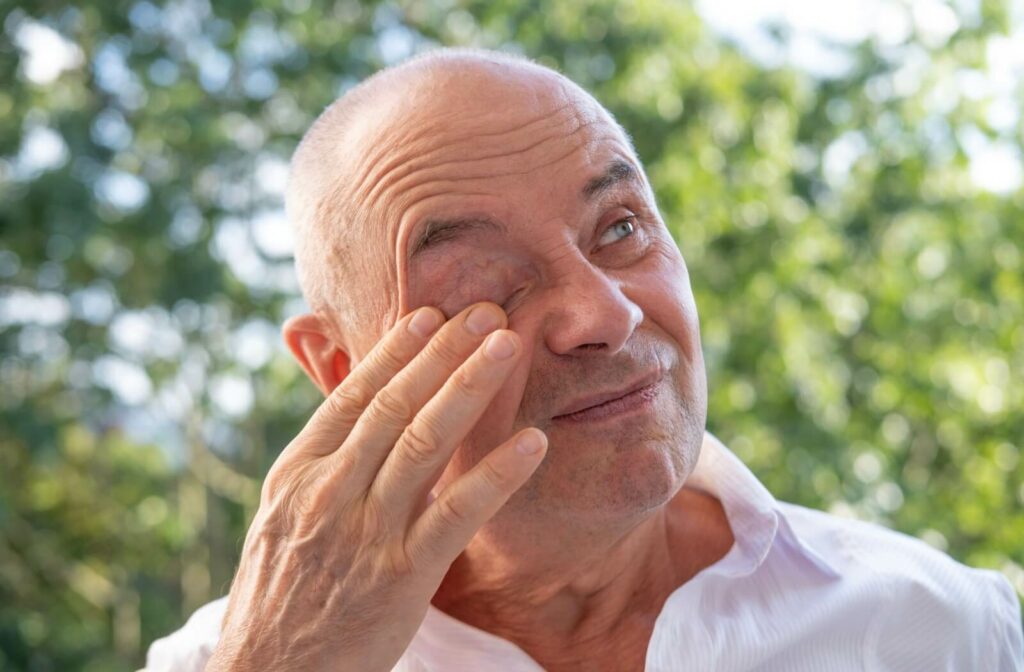Cataracts and glaucoma are two of the most common eye conditions that affect individuals as they grow older. Cataracts occur when the lens of the eye becomes cloudy, leading to blurred vision, difficulty with night vision, and a gradual fading of colours. This condition is often a natural part of aging but can also be influenced by factors such as diabetes, prolonged exposure to sunlight, or certain medications.
On the other hand, glaucoma is typically related to increased pressure within the eye, which can damage the optic nerve and lead to irreversible vision loss if not treated promptly. Symptoms may not be noticeable in the early stages, making regular eye exams crucial for early detection.
While both cataracts and glaucoma can result in vision impairment, they have distinct causes, symptoms, and treatment options. Treatments for cataracts often involve surgical intervention to replace the cloudy lens, whereas glaucoma management may include eye drops, medications, or surgical procedures to lower intraocular pressure.
What are Cataracts?
Cataracts occur when the lens of the eye becomes cloudy, resulting in blurred or distorted vision. They often develop slowly and can affect one or both eyes.
The main cause of cataracts is aging, as proteins in the lens of the eye naturally start to break down over time. Other risk factors include genetics, smoking, diabetes, and long-term exposure to UV rays.
Symptoms of cataracts may include:
- Blurry or distorted vision
- Difficulty seeing at night
- Sensitivity to light
- Seeing halos around lights
- Fading or yellowing of colours
If you experience any of these symptoms, it is important to schedule an eye exam with your optometrist for proper diagnosis and treatment.
Treatment Options for Cataracts
The most common treatment for cataracts is surgery. During this procedure, the cloudy natural lens is removed and replaced with an artificial one. Cataract surgery is usually performed on an outpatient basis and has a high success rate. Other options may include wearing glasses or contact lenses to improve vision, but these are only temporary solutions.
It’s important to note that cataract surgery may not be necessary in the early stages of the condition. Your optometrist will monitor your eyesight and advise you on when it might be beneficial to undergo surgery.
What is Glaucoma?
Glaucoma is a condition that affects the optic nerve, which connects the eye to the brain. It typically occurs when there is a buildup of pressure in the eye, causing damage to the optic nerve and leading to vision loss.
Unlike cataracts, glaucoma can’t be cured, but it can be managed with proper treatment.
Treatment Options for Glaucoma
The main goal of glaucoma treatment is to lower intraocular pressure and prevent further damage to the optic nerve. Depending on the severity and type of glaucoma, treatments may include:
- Eye drops: These are often used as a first-line treatment for managing intraocular pressure. They work by either reducing the production of fluid in the eye or increasing its drainage.
- Oral medication: In some cases, oral medications may be prescribed to help reduce intraocular pressure.
- Laser therapy: Certain types of glaucoma can be treated with laser therapy, which helps to improve the outflow of fluid from the eye.
- Surgery: When other treatments are not effective, surgery may be recommended. This can involve creating a new opening for fluid to drain or inserting a tiny tube to help drain excess fluid.
Prevention & Early Detection

While cataracts and glaucoma are both common eye conditions that mainly affect older individuals, there are steps you can take to help prevent or delay their onset. These include:
- Getting regular eye exams: It’s recommended that you get a comprehensive eye exam at least once every two years, or more frequently if you’re over 60.
- Maintaining a healthy lifestyle: Eating a balanced diet, exercising regularly, and avoiding smoking can all contribute to overall eye health.
- Knowing your family medical history: If there is a history of glaucoma in your family, it’s important to inform your optometrist so they can monitor your eyes more closely.
Early detection of glaucoma is crucial for preventing vision loss. By catching the condition early on, treatment can be started sooner and further damage to the optic nerve can be prevented.
This is why it’s important to schedule regular eye exams and report any changes in your vision or overall eye health. With cataracts, early detection may not necessarily prevent the condition, but it can help you prepare for when surgery may be necessary.
Comprehensive Eye Care for Cataracts & Glaucoma at Calgary Trail Vision Centre
Cataracts and glaucoma are both common eye conditions that can have a significant impact on one’s vision and quality of life. While they mainly affect older individuals, some steps can be taken to help prevent or delay their onset. By working closely with your optometrist and staying on top of your eye health, you can help preserve your vision for many years to come.
At Calgary Trail Vision Centre, we can help provide proper diagnosis, treatment, and ongoing care for cataracts and glaucoma. Don’t wait until it’s too late—schedule a comprehensive eye exam with us today to stay on top of your eye health!


